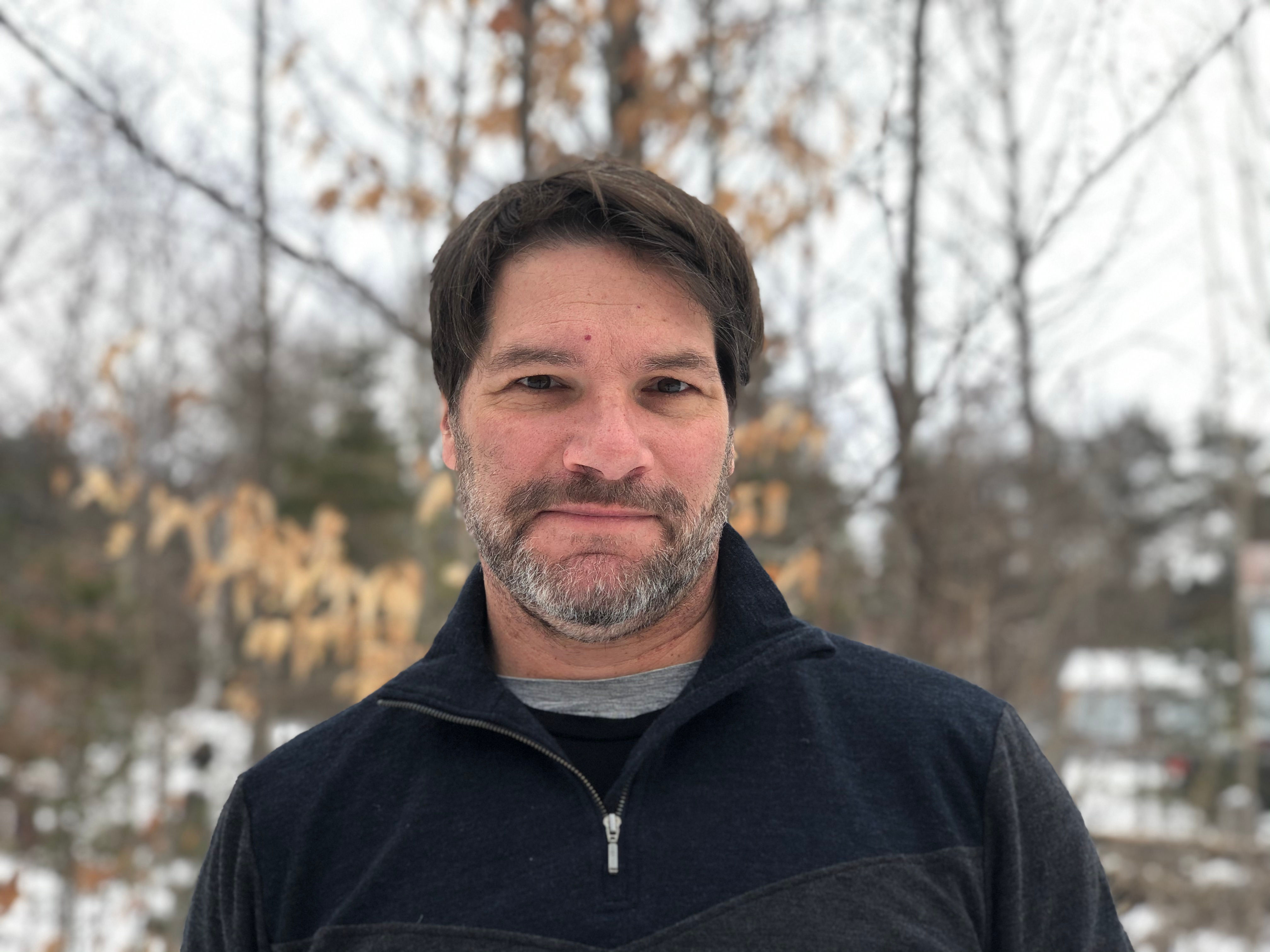No agreements with landowners 15 months after “final design” for Chandler Mill approved
- pjdoehring

- Sep 12, 2022
- 4 min read
Updated: Nov 1, 2022
Does this leave Kennett Township with no options except to try to seize the private lands needed?
The most recent proposals for the design of the struggling Kennett Greenway presented to the Kennett Township Board of Supervisors (KT-BOS) this past April make it clear: the Chandler Mill Trail (CMT) cannot be built without the cooperation - and ultimately the generosity - of 6 private landowners. Every section of the proposed CMT entails significant disturbance of land beyond the existing Legal Right of Way (R/W) owned by the Township. In one section (see below, with the area of land affected outlined in red), this disturbance extends at least 20 feet or more beyond the R/W. In most sections, the 6-8’ wide path itself intrudes onto private land.

As described in an earlier post, there is simply no way around the Right of Way. Our research confirms that almost every shared use path of at least 5 miles in length within a 90 minute radius of Kennett Square has been built primarily within corridors of land already publicly owned, or within an abandoned rail corridor largely acquired before the design of the path had begun. The construction of the proposed Kennett Greenway therefore presents unique risks in that significant sections depend on the acquisition or easement of privately held land. In the case of the CMT section, not one foot of the 8000’ path can be built without the help of private landowners.
Those determined to build trails through private land despite the risks have two options: (1) they can reach an agreement with the landowner (to either purchase the land outright or to acquire a formal trail easement), or (2) they can try to claim the right to seize the land needed (for example, through eminent domain). Since our first inquiries more than 6 months ago however, Kennett Township Manager Eden Ratliff has refused to clarify whether any progress had been made towards the first option. Through a recently submitted Right to Know request, we can now confirm that Kennett does not have any signed agreements with any of the 6 landowners. Our conversations suggest that some of these landowners were in the dark about the proposed plans when the "final design" was first approved, and are still in the dark about the latest proposals (Kennett has refused to reveal so far whether landowners were in fact notified about the latest plans).
The refusal by even one landowner to sell or ease their land means that the KT-BOS has no choice but pursue the second option - to attempt to seize the private land needed - if they are to salvage the current design. This is a lengthy, expensive, and risky roll of the legal die that could set worrisome precedents for landowners across the township, and conservancies across the state. When we posed this question to the Board of Supervisors at their September 7th public meeting, supervisors quickly ended the meeting without offering a response.
How was KTA allowed to gamble months of planning and hundreds of thousands of public dollars on designs even before any agreements with landowners or easement holders had been secured? These revelations fuel continuing questions about project planning, ostensibly overseen by the KT-BOS but apparently under the control of the Kennett Trails Alliance (KTA). The KT-BOS and KTA refuse to entertain any discussion of prudent and reasonable alternatives that could limit the need for private land. Consider the option to narrow the path as needed, which would limit the need for private land while also protecting trees and sensitive stream embankments. This was summarily rejected by KTA based on patently false claims about the width required to accommodate wheelchair users. The KT-BOS has refused to revisit the current plan because of concerns about wasting valuable dollars on designs, even though new designs could still potentially save hundreds of thousands of dollars given that $5 are projected to be spent in construction for every $1 spent on design.
Could the design team be compelled to go back to the drawing board, despite concerns about months of planning and tens of thousands of dollars potentially wasted? This is not unlikely, given that a similar scenario played out in 2018 that almost led to the loss of millions of dollars in grant funding. At that time, KTA repeatedly claimed that its preferred route along a section of CMT was acceptable to the owners of the land and consistent with the terms of the conservation easement, claims that we now know to be false. KTA maintained this position for almost two years, refusing to consider other options while the deadlines for spending millions of dollars of state grant funding drew nearer. What happened as a result? KTA’s obstinate position not only wasted months of planning and thousands of dollars in design fees, but ultimately led to the departure of PennTrails as the trail design consultant. Soon after the departure of PennTrails, KTA reversed course to finally accept that its preferred route was impossible. This forced the KT-BOS to hire new consultants, and to then pay them thousands more to review the work of PennTrails and reconstruct alternatives in a desperate attempt to avoid losing state funding.




Comments